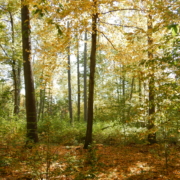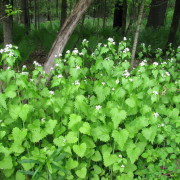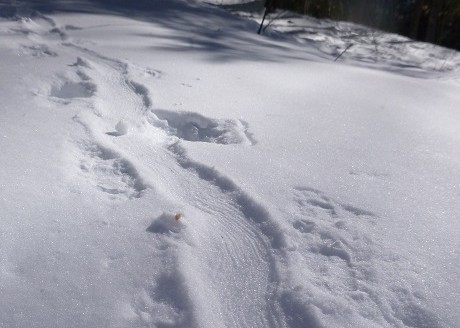American Wetlands Month: Spotlighting Upper Valley Swamps
May is American Wetlands Month, and each week we’re highlighting one of the four types of wetlands (marshes, swamps, bogs, and fens), with examples here in the Upper Valley.
Not sure what wetlands are, or why they matter? Read last week’s blog post to learn about how these essential ecosystems support biodiversity and protect our communities from extreme weather.
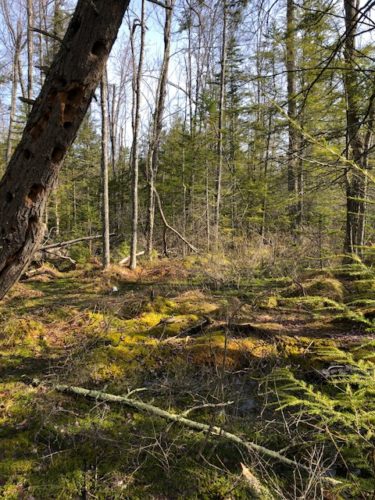
Swamp within the Tunis Conservation District
This week, we’re exploring an ecosystem that’s often disparaged, but critically important: the swamp.
Like marshes, swamps are a type of wetland — but they have their own distinct characteristics. At the broadest level, a swamp can be defined as any wetland where woody plants are the dominant form of vegetation. The ongoing breakdown of organic matter gives swamps highly nutrient-dense soil, which is saturated during the growing season. At some times of the year, swamps may also have standing water.
Swamps are a broad and diverse category, ranging from seasonally flooded areas of hardwood trees (often found in the northeast) to the mangrove swamps of southern Florida. America’s swamps are home to many species of plants, birds, fish, amphibians, invertebrates (like crayfish), and reptiles.
Swamps can be divided into two main types: forested swamps and shrub swamps.
Forested Swamps
Forested swamps typically occur in areas where the soil is frequently saturated, but where the water recedes frequently enough and for long enough periods to allow trees to grow. These often include areas near lakes or rivers that flood seasonally. Both hardwood and softwood-dominated swamps are found in New England, with hardwood swamps more common in lower elevation, warmer areas, and softwood swamps more often found in colder, higher areas like Vermont’s Green Mountains. Not all trees can grow in waterlogged soil, but some common trees in the region — including the red maple and pin oak — can thrive in these environments.
Shrub Swamps
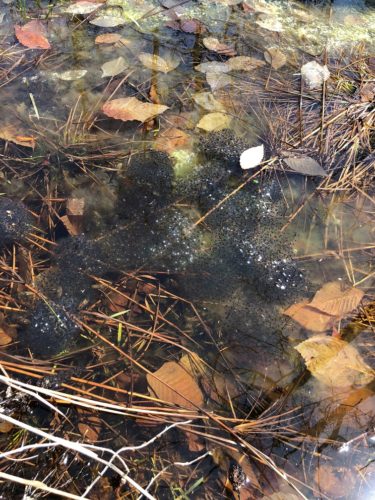
Wood frog egg masses found in the Tunis Conservation District
In shrub swamps, it’s shrubs, rather than hardwood or softwood trees, that dominate. Typically, these swamps, which are found by floodplains and slow-moving streams, are covered by water for most or all of the year, preventing trees from growing. Other shrub swamps develop on former agricultural land and may over time develop into forested swamps. Common species in New England’s shrub swamps include alders, willows, dogwoods, sweet gale, and buttonbush.
Upper Valley Swamps
You can find a number of swamps in the Upper Valley, but one particularly good example lies within UVLT’s Tunis District Conservation Area. This area, which lies between Goose Pond and Moose Mountain in Hanover, spans a remarkable 553 acres, 35 of which cover amphibian-abundant wetlands. It includes an 18-acre forested swamp dominated by black ash and conifers and home to countless peepers, salamanders, and toads.
Stay tuned to learn more about two more types of wetlands here in the Upper Valley: bogs and fens!

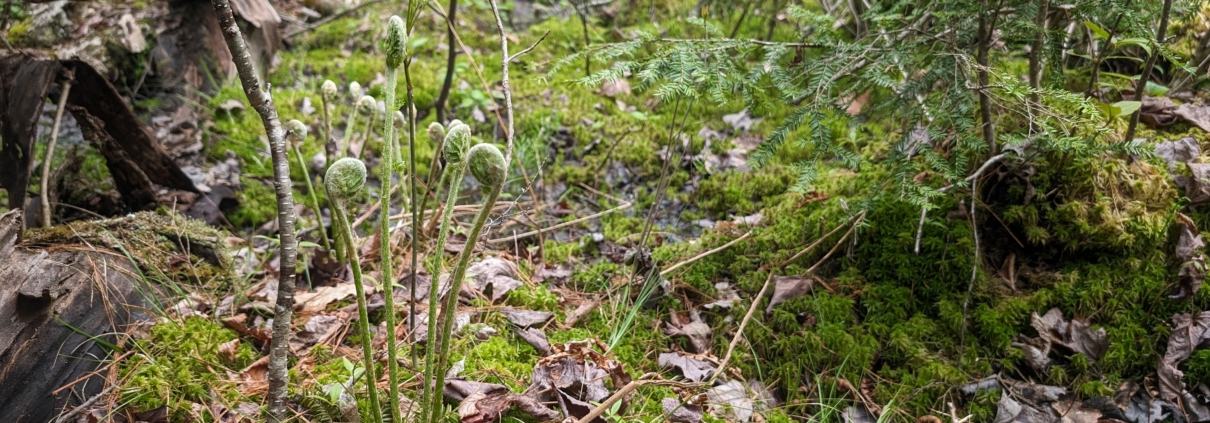
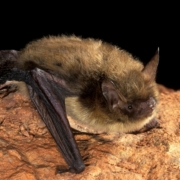 Photo by J. SCOTT ALTENBACH
Photo by J. SCOTT ALTENBACH